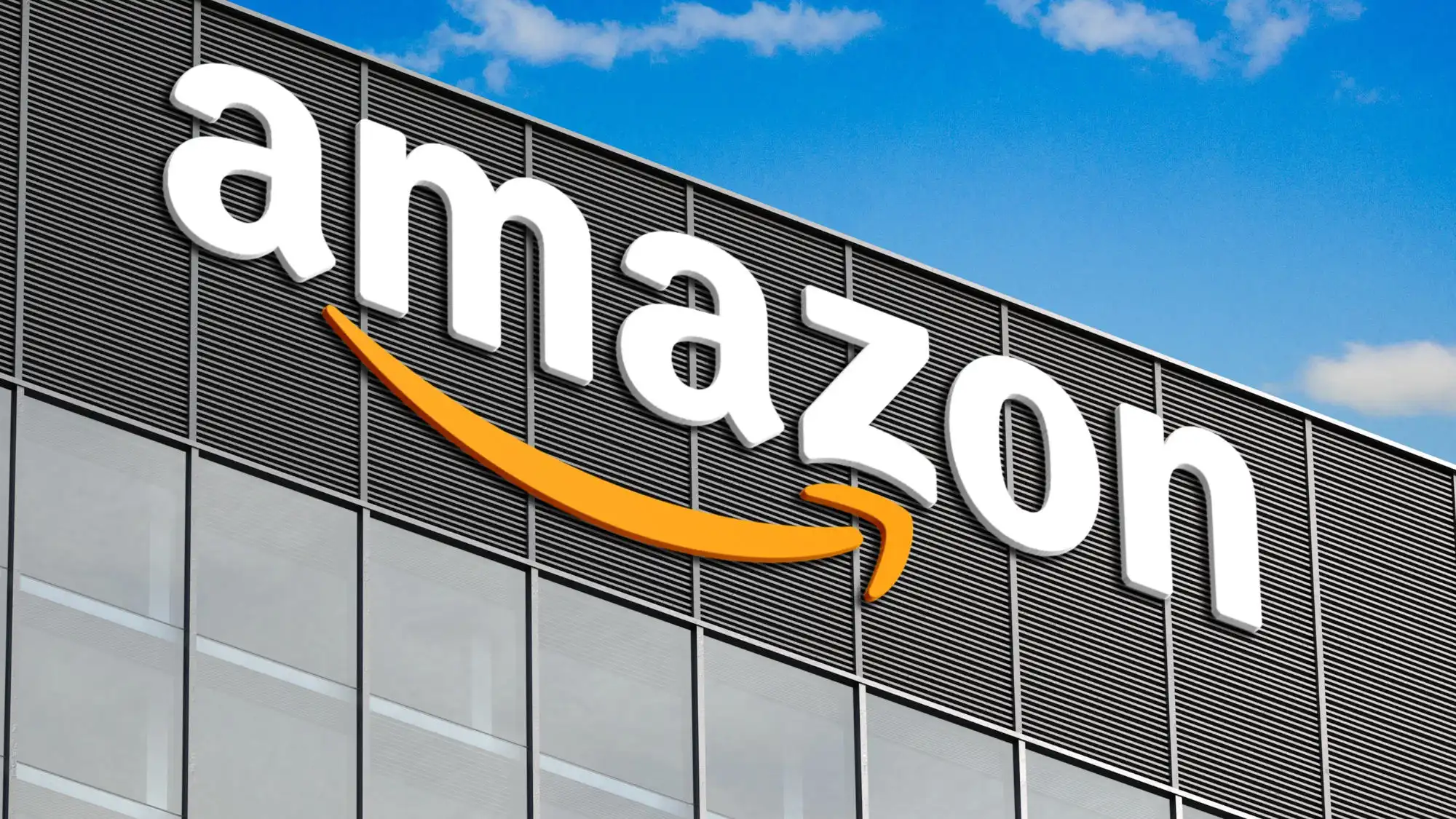In a significant move that underscores the shifting dynamics of the global tech industry, Amazon.com, Inc. announced plans earlier this week to cut up to 30,000 corporate positions. The figure represents roughly 10 percent of its estimated 350,000 office-based workforce and marks the largest corporate layoff in the company’s history. The decision reflects a broader recalibration across the technology and retail sectors, where companies are tightening operations after the rapid expansions of the pandemic years.
Why Amazon Is Cutting Jobs Now
Amazon’s decision to reduce staff in 2025 follows years of accelerated hiring during the COVID-19 pandemic, when surging online demand prompted the company to expand rapidly. According to Reuters, executives described the current layoffs as a correction to “over-hiring during the pandemic surge.” CEO Andy Jassy has framed the move as part of a long-term strategy to enhance efficiency and control costs while continuing to invest heavily in artificial intelligence, cloud computing, and automation.
In an internal memo to employees shared in June, Amazon’s leadership acknowledged that “fewer people will be needed for some of the jobs being done today, and more people will be needed for new types of work.” The company linked the reductions to productivity improvements and a broader drive to eliminate unnecessary bureaucracy. According to The Guardian, Amazon implemented more than 450 process changes following employee feedback, emphasizing the firm’s ongoing shift toward automation-driven efficiency.
Another contributing factor appears to be Amazon’s strict return-to-office mandate. Managers in affected divisions reportedly received training to deliver layoff notifications, while some staff members who failed to meet in-office attendance requirements were marked as having “voluntarily resigned,” according to Reuters. The policy has drawn mixed reactions among employees, with some viewing it as a veiled cost-cutting mechanism.
Scope and Impact of the Layoffs
While Amazon has not provided a full public breakdown of which departments are affected, reports suggest that the People Experience and Technology (PXT) division, responsible for human resources and internal systems, could see reductions of up to 15 percent. Additional cuts are expected across operations, devices, and services, as well as within the Amazon Web Services (AWS) unit, which, despite remaining profitable, has recently trailed competitors in growth.
In contrast to these corporate cuts, Amazon plans to hire approximately 250,000 seasonal workers for its holiday operations. This dual strategy of reducing white-collar roles while expanding temporary logistics positions underscores the company’s evolving workforce structure: fewer high-cost office roles, more fulfillment and delivery jobs tied directly to customer operations.
Following the announcement, Amazon’s stock price rose about 1.2 percent, reflecting cautious investor optimism that the restructuring could strengthen margins and profitability. Analysts have described the layoffs as a signal that Amazon believes it can achieve comparable productivity levels with fewer people, thanks in part to advances in AI and process automation.
The Broader Context
Amazon’s workforce reduction is part of a wider industry pattern. Technology firms that overexpanded during the pandemic are now focused on discipline and profitability. From Google and Meta to smaller startups, companies are trimming teams, consolidating resources, and prioritizing automation over headcount growth. Amazon’s decision thus fits into a larger shift in corporate strategy: a pivot from relentless expansion to sustainable efficiency.
Beyond financial implications, the layoffs raise questions about workplace culture and the social cost of automation. Amazon’s internal policy reportedly offers laid-off employees full pay and benefits for up to 90 days, reflecting some consideration for transition and reputation. However, observers note that such measures do little to offset the long-term anxiety surrounding employment stability in the tech sector.
Global and Regional Effects
Although the cuts are expected to focus mainly on corporate roles in the United States, Canada, and the United Kingdom, ripple effects may reach other regions where Amazon maintains large logistics or technology hubs. In countries such as India and Türkiye, the company may slow corporate hiring or shift more functions toward contract or gig-based roles. Globally, Amazon employs about 1.55 million people, meaning that while the reduction affects a relatively small portion of the total workforce, its symbolic and structural impact is substantial.
The restructuring also hints at a broader transformation of Amazon’s operational model. The company is investing in robotics, AI-driven logistics, and other technologies that could further reduce reliance on human labor in the coming years. This technological transition is likely to influence how competitors across the industry manage their own workforce strategies.
What Comes Next
Over the coming months, several key developments will determine the long-term outcome of Amazon’s restructuring. Analysts will closely watch whether the layoffs translate into measurable profitability gains and how effectively Amazon reallocates resources toward its growth priorities in AI, advertising, and logistics. The seasonal hiring wave will also provide clues about how the company intends to balance automation with human labor.
For the broader tech sector, Amazon’s move may serve as a bellwether. If the company’s cost-cutting strategy proves successful, other large firms could adopt similar models, deepening the post-pandemic shift toward leaner, more automated operations.
Conclusion
Amazon’s 2025 layoffs mark a defining moment for both the company and the wider technology industry. As the firm trims tens of thousands of corporate roles, it is positioning itself for an era where efficiency, automation, and profitability take precedence over raw growth. The decision reflects not just a financial adjustment, but a cultural and strategic turning point—one that may reshape how the world’s largest companies balance innovation with human employment in the years ahead.
Sources: Reuters, The Guardian, Business Insider
Note: All information in this article is based on verified public data and credible sources available at the time of writing.
